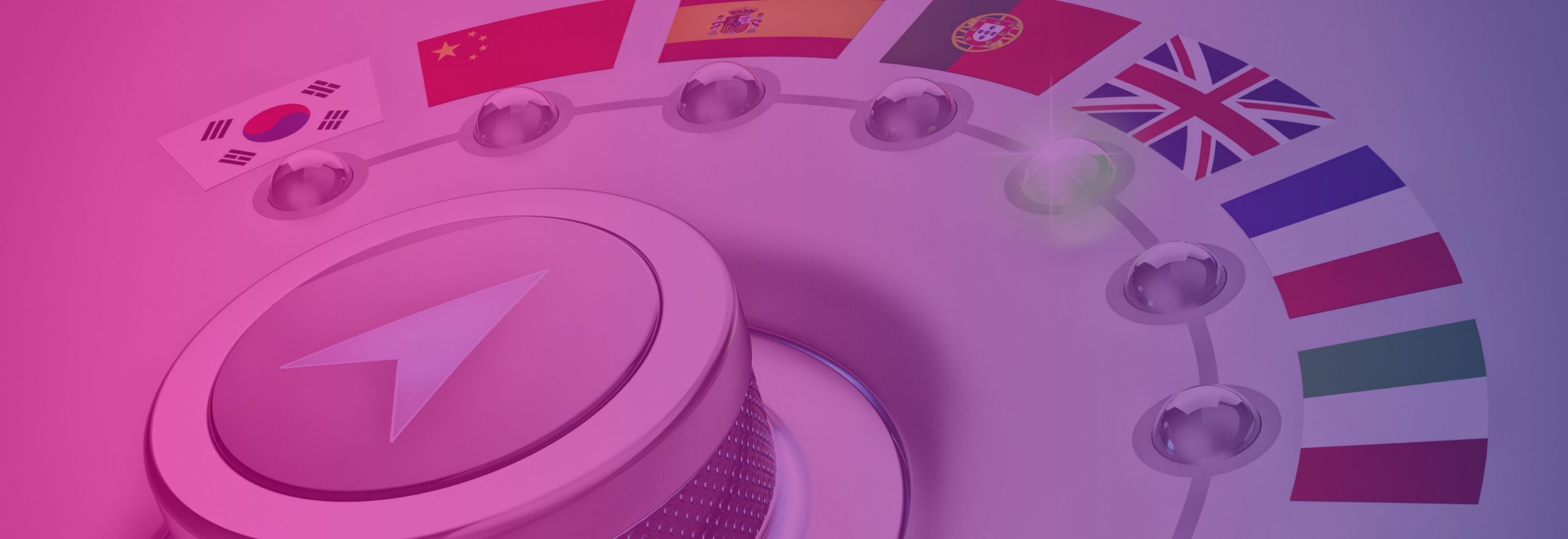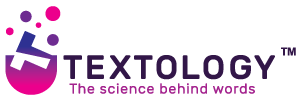
The discussions about whether to use machine translation or not are endless. The advocates of sticking to the good old system based — exclusively — on solid human involvement clashes with those who tend to embrace novelty and point to the numerous advantages of relying on artificial intelligence and its products. Honestly, it is hard to unequivocally express your espousal of just one of the approaches — in the end, anyone who knows anything about translation and all the accompanying complexities is usually able to see both sides of the argument.
However, the question arises: what if the power of the two tools — the human brain of professional translators and artificial intelligence — could be smartly combined with the view of satisfying both groups? We would say, it’s definitely food for thought. In light of the above, Machine Translation Post-Editing (MTPE) emerges as the special bridge joining the two shores. But what is post-editing in the first place? How does MTPE differ from machine translation and why it may be a real game changer in the translation industry? Let’s dig into it!
What is machine translation?
Machine translation (MT) — also known as automatic translation — has for some time been referred to as an alternative to translation fuelled solely by the human brain. The process doesn’t require the human component at all; it is the technology that conducts the task of converting a source text into written content in a different language.
Types of machine translation
We can distinguish three major types of machine translation:
- statistical machine translation — here models and patterns regarding the relationships between lexical units are derived from analyses of existing texts in given language pairs; this type is recommended only if the purpose of translation is to grasp the general meaning of the text and when lower levels of accuracy are acceptable;
- rule-based machine translation — in this type of translation, grammatical analysis of the text in the source and target language(s) is performed; all the information is retrieved mainly from dictionaries and sets of rules governing the sentence structure in given languages;
- neural machine translation — more advanced than its precursors; it relies on the work of neural networks that, once developed, allow the system to learn from its previous tasks and improve the quality of each new translation.
Why may machine translation be not enough?
It needs to be emphasised that a lot has changed since the first translation attempts with the use of machine translation engines — the current stage of technological development allows for much better, higher-quality results than they were possible to achieve even a few years ago. Without a doubt, though, human translation still prevails when it comes to ensuring highly accurate translations deprived of grammatical errors and displaying an impressive degree of semantic impeccability.
If you are interested in delving deeper into this issue, make sure to read our article Will Artificial Intelligence replace translators and find out more about the influence of AI on the translation industry.
An average machine translation engine is usually prone to certain mistakes among which the following occur particularly frequently:
- omissions or adding redundant lexical items,
- spelling mistakes,
- mistranslations resulting from the system’s poor recognition of various nuances of language,
- wrong word order,
- repetitions,
- wrong punctuation,
- lack of consistency between certain elements of a sentence or text passage.
Such limitations shed more light on the question of the quality of raw machine translation and the validity of putting post-editing effort into your translation projects. In order to answer it, we need to have a closer look at both the definition and advantages of Machine Translation Post-Editing.
Machine Translation Post-Editing — what is it?
Since machine translation can by no means be fully relied upon, it seems to be vital to make sure that the machine translation output goes straight to the hands (or, technically speaking, in front of the eyes) of a post editor. Post-editing involves a close examination of both the source text and its translated version in order to spot and get rid of any potential flaws that lower the general translation quality. Consequently, Machine Translation Post-Editing is the process during which a text that was pre-translated by an MT engine is reviewed and edited by a human translator so that it can meet the standards of accuracy and correctness.
Types of MTPE
Post-editing can be carried out in two ways:
- as light post-editing, in which an editor focuses primarily on the meaning; once the translated text corresponds with the original version in a way that both carry essentially the same information and can be easily understood by the reader, little attention is paid to grammatical inaccuracies or other imperfections;
- as full post-editing, in which a human reviewer needs to polish the translated text so that it reflects the highest possible degree of accuracy and the overall linguistic value; this means examining a variety of aspects, including vocabulary and grammar, punctuation, style and register, fluency, details relating to formatting guidelines or country-specific elements of language.

What does a post editor need to take into account to determine which option would be the best one? There are steps that — when taken thoughtfully and with a proper dose of analysis — can lead you to the right conclusions. First, try to identify your audience in order to determine whether it is, for example, a small group of co-workers who will only need to skim the text to get the gist, or a wide audience whose expectations might be higher. The second vital question you should pose concerns the desired level of accuracy of the translated content which usually depends on the scale of your translation project or the people involved in it. For instance, in the case of document translation services — when you are supposed to attend to legal matters or medical issues — paying special attention to the tiniest contextual detail or differentiating between seemingly synonymous terms are of crucial importance. Assessing such factors will help you properly adjust your post-editing strategy to the actual needs and requirements of your project.
The benefits of MTPE
Last but not least: why MTPE is considered advantageous? To start with, no matter how strong some people oppose embracing the novelty, there is no doubt that MTPE can affect translators’ work by shortening the time needed to deliver the complete translation, thus significantly increasing their productivity (even by 350%). This, in turn, leads to reducing translation costs while maintaining the overall translation quality level comparable to the results produced by human professionals. Moreover, thanks to the fact that pre-translation allows for processing much greater amounts of text, translators can engage in large and ambitious projects that have to be carried out within a limited time frame.
Improving machine translations by taking a post-editing step
It goes beyond saying that innovative technology-fuelled methods have already revolutionised the world of translation and are likely to bring about even more profound change. They are said to not only help speed up time-consuming processes but also make human translators much more efficient and ready to take up new challenges. Whether you use a translation memory to facilitate your tedious daily tasks or rely on one of the most effective types of machine translation, supporting your work with advanced tools can make a real difference and be of great assistance to you. Still, it is essential to remember that automation of any kind always needs supervision because it lacks the agility and unique sensitivity of the human brain. This is why you should always take time to post-edit the texts you receive to make sure they are accurate and grammatically correct high-quality translations. Conclusion? We say yes to the new, but only when the old keeps an eye on it.
If you are looking for professionals who provide reliable language services, check TEXTOLOGY — our London-based translation agency that specialises in various types of translation. Don’t hesitate to visit our website where you can find out more about our offer and ask for a free quote.
